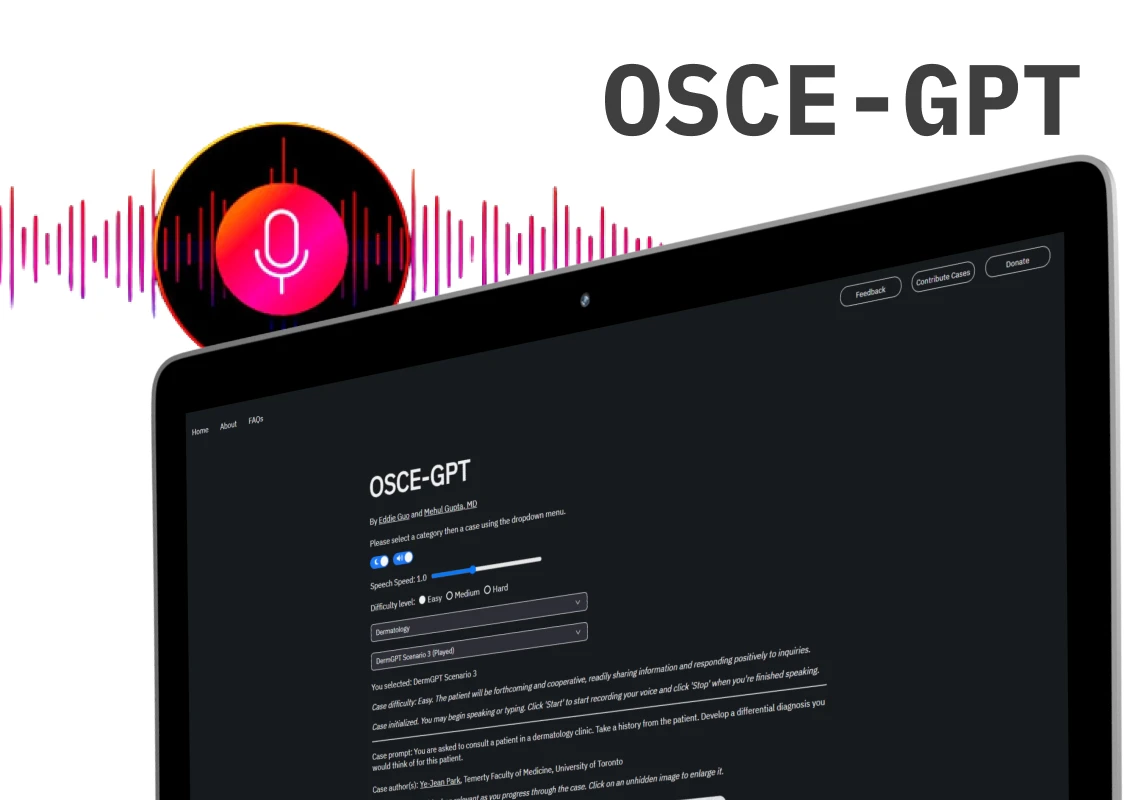Introduction
Artificial Intelligence (AI) is revolutionizing various industries by automating complex tasks, making intelligent decisions, and performing operations traditionally reliant on human cognition. Conversely, traditional software development involves creating applications to meet specific business requirements, focusing primarily on automation, process improvement, and delivering functionality as specified by the client’s needs. While both domains involve building software solutions, the approaches, methodologies, goals, and dependencies significantly differ.
Understanding AI Development and Traditional Software Development
What is Traditional Software Development?
Traditional software development refers to the process of designing, coding, testing, and deploying software applications. It follows a linear and systematic approach. It starts with requirements gathering, followed by design, coding, testing, deployment, and maintenance.
Traditional software development relies heavily on structured methodologies like the Waterfall model or Agile practices, offering predictability and stability. Once developed and deployed, these systems tend to remain stable and require minimal continuous monitoring unless unexpected errors occur.
What is AI Development?
AI development services are specialized forms of software development aimed at creating intelligent systems capable of learning and making decisions. It encompasses the creation of software systems that can mimic human intelligence through learning, reasoning, and natural communication. This includes the development of Generative AI, which focuses on creating algorithms that can generate new content, such as text, images, and music, thereby enhancing the capabilities of AI systems.
Fundamental to AI development are sophisticated algorithms and vast datasets, necessitating deep analytics and computational power. Generative AI, in particular, requires extensive training on diverse data to produce high-quality, original outputs, further pushing the boundaries of what AI can achieve.
Read more: AI vs Generative AI: Which is better for your business needs?
Key Differences Between AI Development and Traditional Software Development
Development Lifecycle
Traditional software: The development lifecycle for traditional software encompasses a linear workflow with distinct phases of development, testing, and deployment. Once the application meets the specified requirements, it can be swiftly moved to production systems.
AI Development: In contrast, AI development is characterized by an iterative and experimental process. Phases such as development, testing, tuning, validation, and reiteration are crucial and may loop until the system’s performance is satisfactory. Continuous refinement and retraining are often required, especially when data patterns change.
The lifecycle of AI development starts and ends with experimentation. Unlike traditional development where the first working solution is usually sufficient, AI models require repeated experimentation to find the best performing model.
Role of Subject Matter Experts (SMEs)
SMEs in traditional software: Generally, SMEs are involved at a functionality level, which includes validating the application’s correctness and utility.
SMEs in AI systems: In AI development, SMEs play a crucial role in mimicking human thinking and decision-making. Their deep understanding of the problem domain helps enhance model accuracy and ensure relevance. For example, in a medical diagnosis tool, physicians or field specialists must contribute their expertise to inform accurate AI model development.
Correctly translating knowledge from SMEs into AI models is critical for success in AI development, emphasizing the need for domain-specific expert involvement.
Performance Monitoring
Traditional software: Focused on ensuring availability and dealing with unexpected errors. Once deployed, traditional software systems do not typically require continuous performance monitoring unless anomalies occur.
AI systems: Continuous performance monitoring is necessary due to “model drift,” where AI model performance degrades over time as data patterns change.
Regular checks and potential retraining are essential to maintain optimal performance in AI systems. This continuous monitoring ensures that the AI models remain effective and aligned with real-world applications.
Benefits and Challenges of Using AI in Business
Benefits of AI Software
- Increased productivity and decision-making capabilities: AI streamlines many business processes, leading to higher productivity.
- Automation of repetitive tasks: AI can handle tedious tasks, freeing up human resources for more complex functions.
- Scalability without infrastructure constraints: Businesses can easily expand their capacity to use AI without needing substantial physical infrastructure investments.
AI offers transformative benefits, making it an attractive solution for modern enterprises seeking efficiency and innovation.
Challenges and Downsides
- High upfront investment costs: Developing and implementing AI solutions require significant investments.
- Uncertainty in outcomes: AI systems can sometimes yield unpredictable results, necessitating careful monitoring and adjustments.
- Limited support: Smaller AI-focused startups may lack the resources to provide comprehensive support, potentially posing challenges for businesses.
Despite their advantages, AI solutions come with challenges that businesses must carefully navigate to harness AI potential effectively.
Practical Use Cases
Use Cases for AI Development Services
Self-Driving Cars: AI development services are instrumental in creating self-driving cars. These vehicles rely on AI algorithms for perception, decision-making, and navigation, enabling autonomous driving.
Personalized Recommendations: AI systems power personalized recommendation engines for platforms like e-commerce and streaming services. These engines analyze user behavior to suggest relevant products or content, enhancing user experience.
Predictive Analytics: Predictive analytics models in AI development services forecast future trends and behaviors. Businesses use these insights for strategic decision-making, market analysis, and risk management.
Use Cases for Traditional Software Development
Enterprise Resource Planning (ERP): Traditional software development shines in building comprehensive ERP systems. These systems integrate various business processes, enhancing operational efficiency and data management.
Customer Relationship Management (CRM) Systems: CRM systems developed through traditional software approaches manage customer interactions, sales processes, and marketing campaigns, improving customer relationship management.
E-commerce Platforms: E-commerce platforms rely on traditional software development for robust functionalities, such as product management, payment processing, and user account management, ensuring a seamless shopping experience.
Read more: Top 10 Generative AI companies leading the technological revolution 2024
Final Thoughts and Recommendations for Businesses
Businesses should carefully evaluate their needs and objectives before deciding between AI development services and traditional software development. Leveraging the strengths of each approach can lead to successful software solutions that drive innovation and growth.
Ready to harness the full potential of artificial intelligence to drive growth and achieve your goals? Contact Creole Studios today to explore how they can transform your business!











 30 mins free Consulting
30 mins free Consulting 
 11 min read
11 min read 


 Canada
Canada 





 Love we get from the world
Love we get from the world 